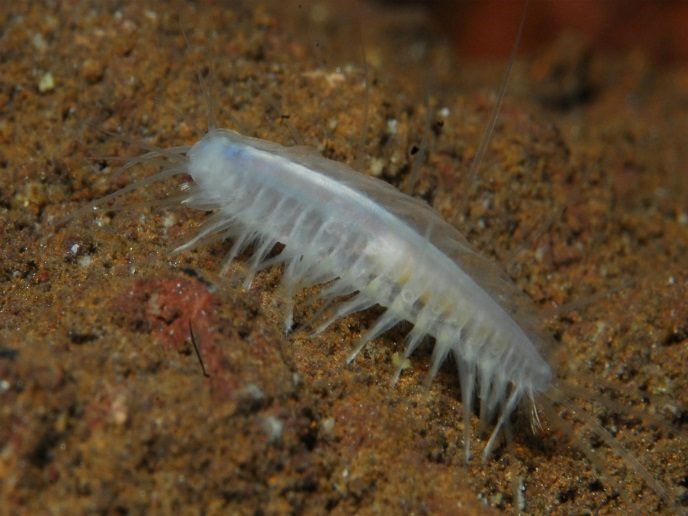Multicellularity and the Great Oxidation Event
Life on Earth evolved to greater complexity through multicellularity at least 20 different times in its history. However, very little is known of the genetic basis for multicellularity among more than 20 independent multicellular pro- and eukaryote lineages. The EU-funded EVOXY (Evolutionary origin of multicellularity and the oxygenation of Earth) initiative aimed to investigate the evolutionary origins of multicellular cyanobacteria. The researchers would study the genetic mechanisms behind the multicellularity of cyanobacteria and investigate the origins of the Great Oxidation Event (GOE). Team members analysed the evolutionary history and fossil record of cyanobacteria to test the hypothesis that the multicellularity of cyanobacteria led to the oxidation of Earth. They chose 30 cyanobacterial species and analysed their genetics. EVOXY was able to reconstruct the evolutionary history of cyanobacteria using statistical analyses. The researchers based this reconstruction on the evolutionary histories of eight genomes sequenced from modern cyanobacteria samples. The research showed that there was a presence of cyanobacteria, but no proteobacteria, before the GOE 2.9 billion years ago. The researchers found that the cyanobacteria evolved to multicellularity after the GOE as an adaptive response. EVOXY found that cyanobacteria greatly increased in abundance after the GOE, based on fossils observed in the 1.9 Ga-old Gunflint Chert fossil deposit. This analytical approach marks the most sophisticated study to date of the coevolution of Earth and life over 2 billion years ago. It helps us to better understand the link between population shifts and the Earth's environment.







